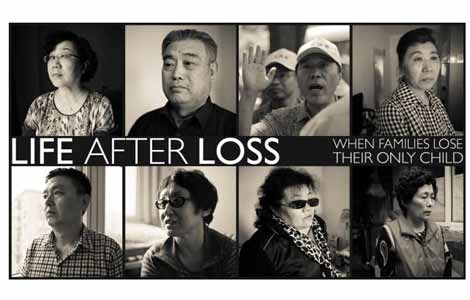To eat, or not
Updated: 2013-10-02 10:50
(bjreview.com)
|
|||||||||||
An attitude change
As long as no attempts are made to change the population's attitude toward GM foods, skepticism will continue.
Research on GM grains in China goes back to Yuan Longping, father of hybrid rice. Chinese people have generally accepted hybrid rice but not GM soybeans, mainly because of a lack of promotion and popularization.
"The fact is, people are surrounded by GM foods, even if they are unaware of it," said Deng Zhixi, Deputy Director of the Research Center for Rural Economy under the MOA. "No matter if it is in China or the United States, you can't survive without eating GM foods. There are less and less non-GM foods now. We should take a more rational approach toward it." Deng said the United States had led the world in the GM breeding technology. If China is mired in endless disputes instead of following the lead of the United States, food security could once again rear its ugly head in the future.
Huang Dafang, Director of the Biotechnology Research Institute under the CAAS, said GM technology has yielded great social, economic and biological benefits during its 17 years of development. According to a report from the ISAAA, 28 countries planted GM crops in 2012.
There are three types of GM products. The first are products that are able to survive environmental challenges, such as insect-resistant, disease-resistant and frost-resistant products. Most GM products belong to this category. The second type enhances quality and nutrition. This group includes GM soybeans. The third type is for medical use, such as vaccines and medicine.
But everyday Chinese are unaware of the variations and uses of GM products, experts lament. "Changing people's attitude toward GM foods is a long process," says Huang. "The most urgent need is to clear their doubts and fear."
Related Stories
GM foods make its way to China market 2013-09-29 09:59
GM food influx a dilemma for consumers, farmers 2013-06-20 11:00
Hunan denies kids used in GM food test 2012-09-03 01:25
Draft law on GM food online to solicit comments 2012-02-23 13:31
Today's Top News
Search for fishermen continues
Impasse in Congress shuts down services
Market in antiques booms in Shanghai
Leaders study at 'Silicon Valley'
Manufacturing shows positive growth
Beijing to issue air quality warnings
China committed to deepening reform
China's railways see record traffic
Hot Topics
Lunar probe , China growth forecasts, Emission rules get tougher, China seen through 'colored lens', International board,
Editor's Picks

|

|

|

|

|

|





